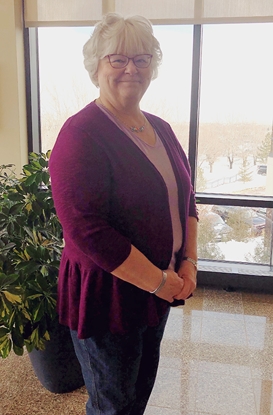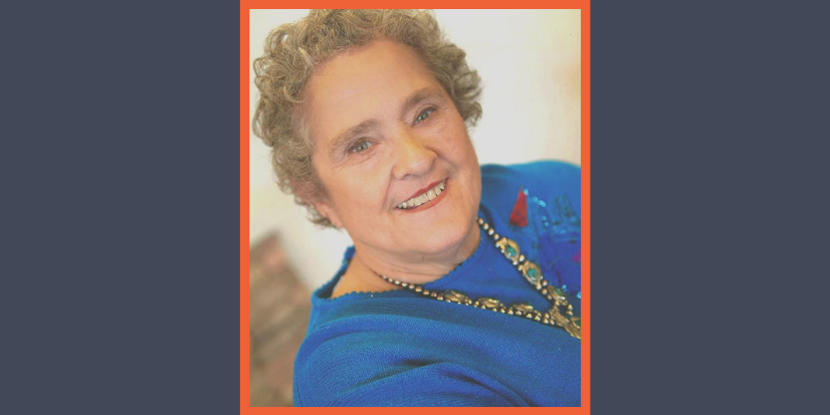Patient's Breast Dimpling Was Sign of Breast Cancer
- Author: Tana Larsen
- Date Submitted: Jan 9, 2019

“If someone gets a cancer diagnosis, they need to do as much research as possible."
After noticing a dimple in her breast, Tana Larsen quickly made an appointment with her doctor.
“I just knew this was something that I needed to get taken care of immediately,” said Tana.
Knowing what your breasts normally look and feel like is an essential component of breast health. While one of the most common signs of breast cancer is a lump, for Tana it was the dimpling—a lesser-known symptom. According to the American Cancer Society, lumps and breast dimpling are signs, along with swelling of all or part of the breast, breast or nipple pain, nipple retraction, redness or thickening of the nipple or breast skin, and nipple discharge other than breast milk.
Her physician ordered a mammogram and she began to mentally and emotionally prepare for the worst. “I did a lot of online research prior,” said Tana. “I prepped myself for this.”
On April 12, 2018, she was diagnosed with stage 1 breast cancer. “That’s a date you don’t forget,” she said.
Within a month, she underwent surgery and began radiation treatments at Campbell County Health’s Heptner Cancer Center at Campbell County Memorial Hospital in Gillette, Wyoming.
“Everyone knows their business,” Tana said about the care she received at CCH. “They gave me options when it came to my care.”
She refused to allow her cancer diagnosis disrupt her life. Tana was enjoying her retirement—spending time with her grandchildren and traveling worldwide. “I am a very private person and I didn’t want to make a big deal of it,” said Tana.
During her treatments, her and her husband planned to take a quick trip to Denver for a concert.
“I love baby boomer music and we went to see the Doobie Brothers,” said Tana. “The staff in Radiation Oncology worked around my schedule so we could go down.”
After eight weeks of radiation treatments, Tana completed her final treatment on July 3, 2018.
“If someone gets a cancer diagnosis, they need to do as much research as possible,” said Tana. Her proactive approach to her breast health and cancer treatments allowed Tana to continue enjoying her retirement.
You can learn more about cancer treatment options available in Campbell County, Wyoming at the Heptner Cancer Center by calling 307-688-1950 or visiting www.cchwyo.org/cancercare.
Preventative Care: Mammograms
Breast cancer is the second most common kind of cancer in women. About one in eight women born today in the United States will get breast cancer sometime during her life. The good news is that mammograms can help find breast cancer early. Most women can survive breast cancer if it’s found and treated early. A mammogram is an x-ray of the breast. It lets your doctor see changes that can’t be felt during a breast exam. Mammograms use a very low level of x-rays, which are a type of radiation.
The American Cancer Society recommends these guidelines for breast cancer screening for women at average risk:
- Ages 40-44: Start annual mammograms if they wish to do so
- Ages 45-54: Get a mammogram every year
- Ages 55 and older: Switch to mammograms every two years or continue annual screening.
A mammogram is very safe. When you get mammograms, the technician will place your breasts, one at a time, between two plastic plates and take pictures of them. Mammograms can be uncomfortable for some women, but they don’t hurt. It only takes about 20 minutes to get a mammogram.
Patients now have the option to have a 3D mammogram when scheduling an appointment with Campbell County Memorial Hospital Radiology, but should consult their doctor to see if this level of screening would be beneficial. For more information on 3D mammography, visit www.cchwyo.org/mammo.
Story written by Shelby Quintana, CCH Community Relations intern



